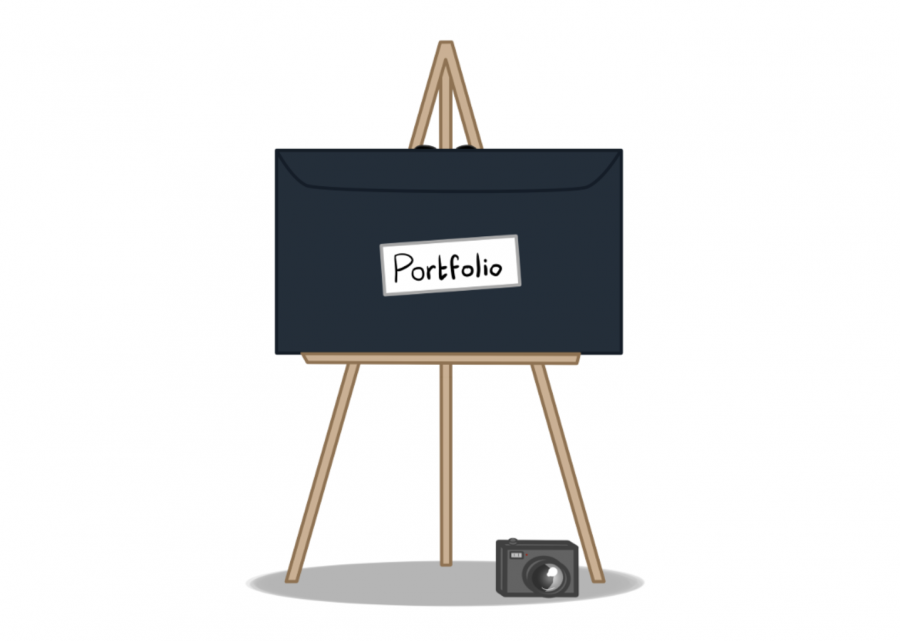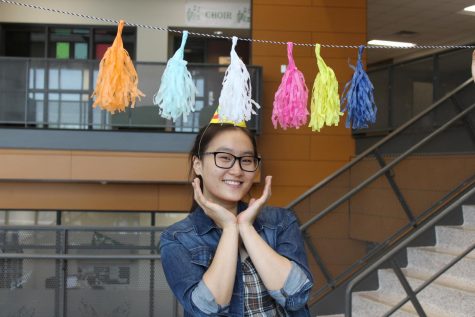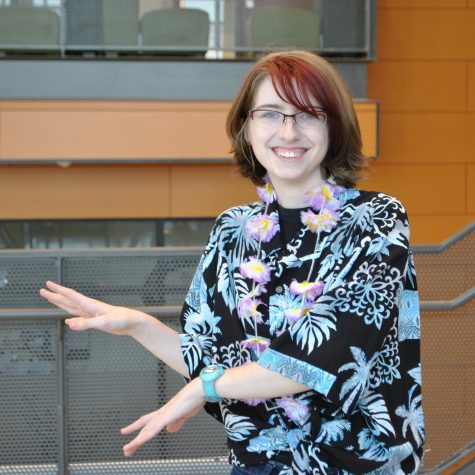EHS student explores their creativity and passion in depth with AP Studio Art 3D
December 19, 2018
When we think of Advanced Placement course exams, we think of three to four hour long sit down, multiple choice, and free response tests. However, senior Tommy Wertwijn’s experiences with AP courses contrast to those of his peers. Wertwijn takes AP Studio Art 3D in which he needs to submit a portfolio in order to get evaluated for an AP test score.
AP courses offer high school students a chance to learn first-year college level material and gain college credit. While each AP courses’ tests are different in the format of the exam, AP art’s evaluation of a student’s level of performance and knowledge is unique in that students must submit a portfolio in May that contains a collection of the pieces they have been working on the entire year. Compared to the usual testing format that other AP exams require, AP art’s evaluations encourages the students to explore the extent of their creativity.
Additionally, there are three types of AP art classes. AP Studio Art Drawing is a course that is based on painting and drawing. AP Studio Art 2D is focused on the design of artworks, and work with a wide breadth of materials–photography, graphic design, and weaving. Finally, AP Studio Art 3D tests students on their three-dimensional artistic abilities with pottery, sculpture, and more.
Wertwijn’s passion for pottery and ceramics started when he was around ten years old. Living close to the Edina Art Center, he took many ceramics classes during the summer at the art center. Then, after seeing how both of his sisters took ceramics classes at Edina High School, “[I] decided to go with it and really liked it. Therefore, [I] decided to take on the challenge of AP Studio 3D Art,” Wertwijn said.
When Wertwijn took the regular ceramics classes offered at the high school, he made a lasting impression on his teacher Dalen Townes. “What I found in him was someone who already had a love for the material when he came into my class. He was very excited about taking the information I was teaching and applying it to the material he already had an affection for. Therefore, he was very quick to master the things I was teaching and take those to another level,” Townes said. Furthermore, his meticulous craftsmanship and unrelenting perseverance to develop his artwork the way he envisioned are also memorable personality traits of Wertwijn to Townes.
However, no matter how diligent an artist, there are times when they hit a wall and find it hard to find inspiration. Wertwijn is no different, and this is not surprising considering that AP Studio 3D Art is a very intense course in which students have to produce a new work of art every two weeks. Wertwijn had to go in before school, during lunches, and for flex many times in order to complete his pieces. However, Townes preempted these inevitable artists’ blocks by assigning the students to find 25 different inspirational pieces. If the students are still stuck after looking at their own inspiration pieces, Townes would point them in the direction of another artist that could give them ideas.
As a requirement for the class, Wertwijn must develop six “breadth” pieces that showcase his ability to work with a variety of different materials and techniques and six other “concentration” pieces in which the student explores a single theme in depth. While he doesn’t have a common theme present in his other art like his peers, Wertwijn wants to focus on nature for his concentration works. For his breadth section, Townes encouraged him and the other two AP Studio Art 2D students to utilize mediums other than clay as she knew they’ll be relying on it heavily for their concentration pieces.
Ultimately, since Wertwijn is a senior, he has given some thought to his plans in the future revolving around ceramics. Although Wertwijn has a great love for ceramics, he does not think that he will major in ceramics during college. He’s more interested in finance and mathematics.
Despite this, he also believes that “creativity is lost in school and it is necessary for every job…to have a creative mind.” Therefore, he does see himself taking a couple of art courses in college.




